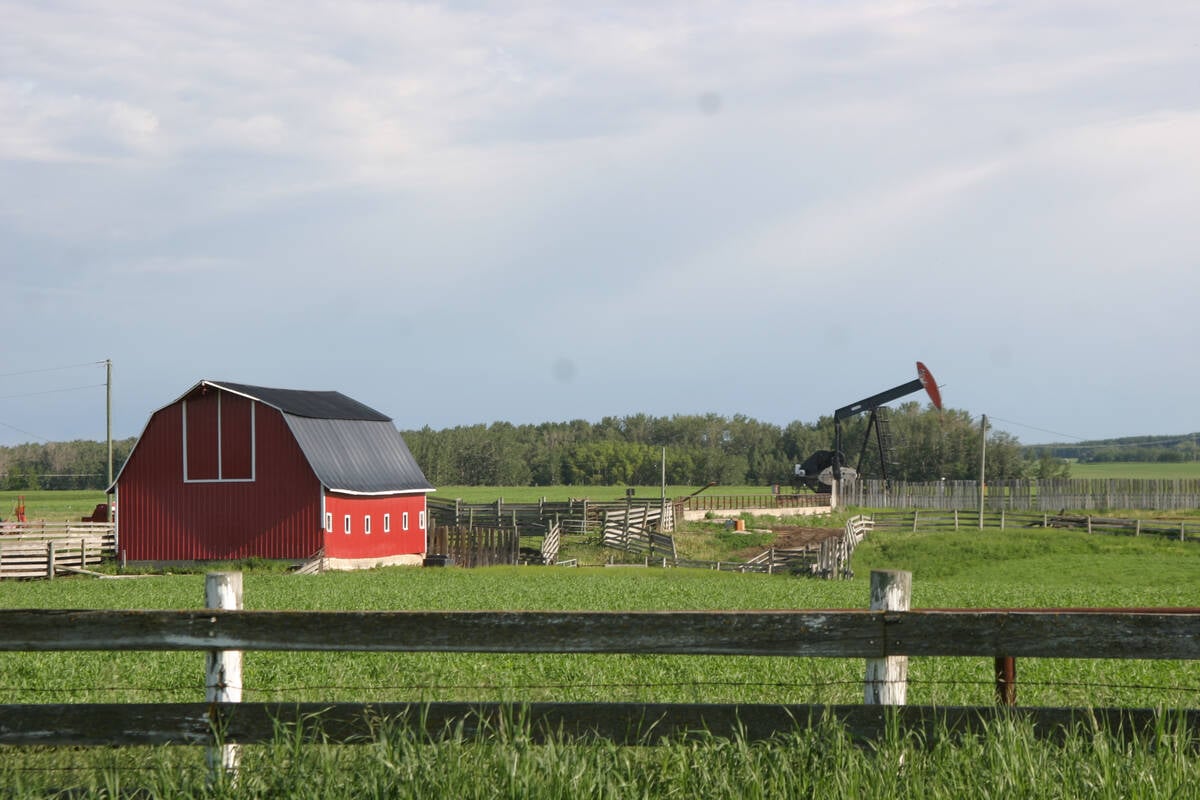Energy prices for Prairie farmers should be steady to lower because the world has an adequate supply of crude oil and Western Canada has a surplus of natural gas.
West Texas crude has traded around US$60-$65 per barrel for months and is expected to remain in the low $60s or even fall into the $50s into 2026, so long as there are no surprise events such as a new major war or natural disaster.
The stability in crude oil has helped keep Canadian gasoline prices in a narrow range since the federal government dropped the consumer portion of the carbon tax at the beginning of April.
Read Also

Crop quality looks good this year across Prairies
Crop quality looks real good this year, with the exception of durum.
Crude oil generally has drifted lower since the start of the year, with the exception of a bounce higher in June when fears of a new war in the Middle East grew after Israel bombed Iranian nuclear and military facilities, prompting return missile and drone attacks from Iran.
Once that situation calmed, prices dropped again.
The downward trend is supported by output increases from the Organization of Petroleum Exporting Countries and Russia, known as OPEC+.
These increases mark a resumption of production after OPEC+ limited production in recent years to support crude prices.
OPEC+ now meets monthly to decide how much to increase production in the following month.
It agreed this month to increase its production target by 175,000 barrels per day in November.
That was less than what many expected and might indicate the organization is concerned about production increases outpacing demand.
The organization since April expanded its target by 2.7 billion barrels per day, but several members are struggling to expand production, and actual output rose by only 75 per cent of the target, according to an analysis by Reuters News Service.
This shortcoming has moderated the most expansive of forecasts, which saw the potential for serious overproduction late this year and in 2026.
Former expectations of huge oversupply were also upset by stronger than expected demand. It is believed that China is buying to significantly increase its strategic oil stockpile. Also, general global demand might have been stronger than expected.
However, many still believe there will be ample supply, both from OPEC+ and rising non-OPEC producers, in the coming year that could weigh down global crude prices.
The forecast from the U.S. Energy Information Administration issued Oct. 7 was particularly bearish on price, showing the WTI spot price falling below $60 in the fourth quarter this year and dropping below $50 in 2026.
EIA forecast retail gasoline and diesel in the United States would be about 12 per cent cheaper than now by the second quarter of 2026.
The Wall Street Journal surveyed major investment banks on Wall Street in September, and their consensus was a more modest forecast for WTI, slightly above $60 in the fourth quarter and a little less than $60 in the first quarter of 2026.
As noted, these forecasts could be upset.
Ukraine has developed the capability of striking deep into Russia, attacking petroleum infrastructure. Also, U.S. president Donald Trump’s administration is pressuring India to stop importing Russian oil.
Any major change in Russia oil exports would shake up global oil prices.
Turning to natural gas, the Alberta spot price remains one of the lowest in the world, since May consistently less than $1 per million BTU, while the American spot price has ranged about $3 to $4.
The AECO C spot price actually went negative for a few days in late September as production overwhelmed pipeline and storage capacity.
Most utilities and major users have long-term supply contracts with stable prices, so the dip below zero had little practical impact.
However, it highlights Canada’s persistent over-production quandary.
Natural gas producers ramped up production to accommodate demand from the new liquid natural gas export facility, LNG Canada at Kitimat, B.C.
The plant loaded its first ship in June, but its operations ramp-up suffered teething pains and shipments fell behind expectations, leading upstream producers with gas with nowhere to go.
This is expected to be temporary, and LNG Canada will convert 1.8 billion cubic feet of gas per day when fully operational.
The second phase of LNG Canada, which would double production capacity, is included in the federal government’s major priority projects list for fast tracking.
Also at Kitimat, the Cedar LNG project is under construction and is expected to be completed in 2028 with capacity of 400 million cubic feet per day.
Woodfibre LNG, also under construction, is expected to be complete by 2027, adding another 400 million cf/d.
Another proposed natural gas pipeline, Prince Rupert Gas Transmission, is owned by Nisga’a Nation and Western LNG and is intended to supply another proposed LNG plant north of Prince Rupert. It has environmental approval from the British Columbia government but faces challenges from hereditary First Nations chiefs.















